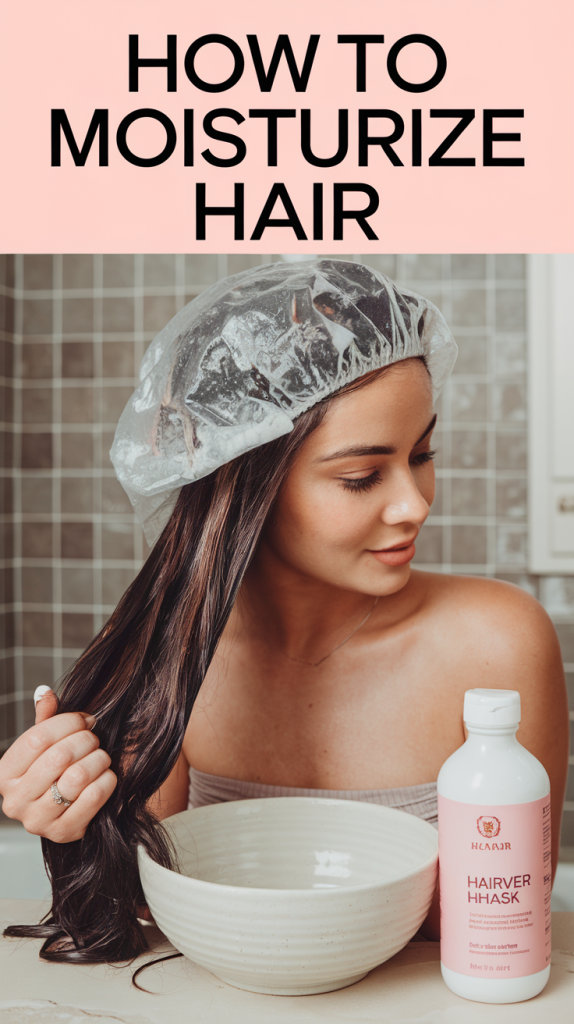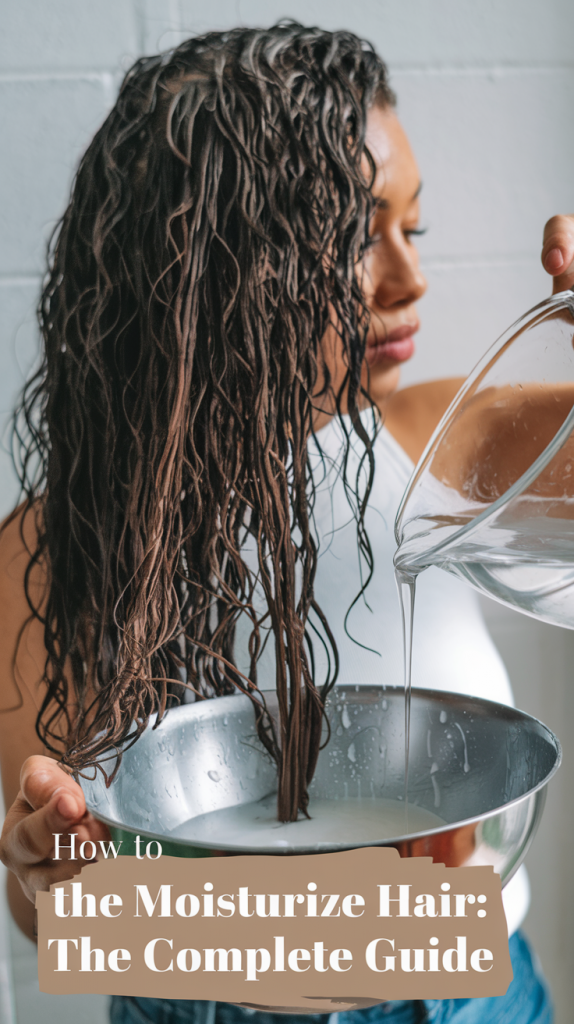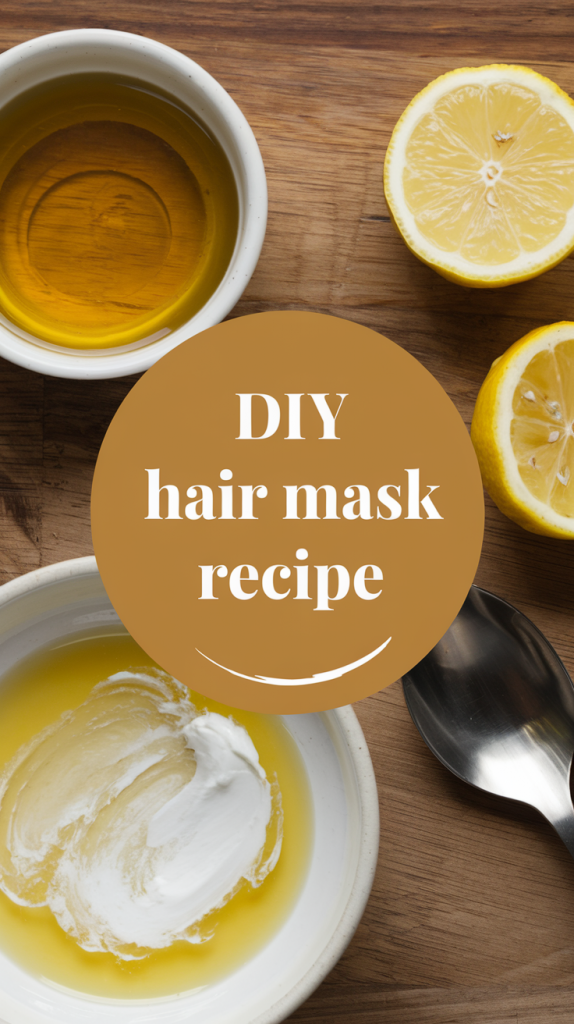How to Moisturize Hair: The Complete Guide
Well-moisturized hair isn’t just about looking good; it’s about maintaining its health, resilience, and shine. Over the years, I’ve learned that every strand tells its story—dryness, frizz, or breakage are often cries for hydration. This guide covers everything you need to know about effectively moisturizing your hair, tailored to your hair type, routine, and lifestyle.
Why Hair Needs Moisture
Dry hair can result from many factors, including environmental stress, over-styling, and poor care habits. Recognizing the root causes of dryness is the first step toward healthier, hydrated hair.

Common Causes of Dry Hair
- Frequent Washing: Overwashing strips natural oils.
- Harsh Shampoos: Products with sulfates can dry hair out.
- Heat Styling: Excessive use of blow dryers or flat irons.
- Environmental Exposure: Sun, wind, or cold weather.
- Poor Diet: Lack of hydration and nutrients.
Step 1: Know Your Hair’s Porosity
Hair porosity affects how your hair absorbs and retains moisture. Testing your porosity will guide your moisturizing strategy.
How to Test Hair Porosity
- Drop a strand of clean hair into a glass of water.
- Observe:
- Floats: Low porosity (resists moisture).
- Sinks Slowly: Medium porosity (balanced moisture).
- Sinks Quickly: High porosity (loses moisture easily).
Step 2: Build a Hair Care Routine
Tailoring a routine ensures you’re moisturizing your hair effectively. Here’s a step-by-step approach:
Shampoo and Conditioning Tips
| Hair Type | Recommended Products | Frequency |
|---|---|---|
| Straight Hair | Lightweight, sulfate-free shampoos | 2–3 times per week |
| Curly Hair | Hydrating shampoos with natural oils | Weekly |
| Coily Hair | Co-washing with deep conditioners | Every 7–10 days |
Pro Tip: Always follow shampooing with a conditioner to lock in moisture.

Deep Conditioning
Deep conditioners and masks are essential for hydration:
- Use once a week.
- Look for ingredients like avocado, honey, or keratin.
Lock in Moisture with Oils
| Oil Type | Best For | How to Use |
|---|---|---|
| Argan Oil | Fine or straight hair | Lightweight sealing after wash |
| Coconut Oil | Thick, dry hair | Pre-shampoo treatment |
| Jojoba Oil | All hair types | Scalp hydration and sealing |
Step 3: Adapt to Seasons and Lifestyles
Hair care isn’t static; seasonal changes and your lifestyle can impact moisture levels.
Winter Care
- Use heavier creams or butters.
- Protect hair with scarves or hats.
Summer Care
- Apply lightweight hydrating sprays.
- Use UV-protectant products to shield against sun damage.
Daily Protection
- Sleep on a satin or silk pillowcase.
- Avoid tight hairstyles that stress the strands.
Step 4: Internal Hydration Matters
Healthy hair starts from within. Drinking enough water and eating a balanced diet rich in hair-friendly nutrients can make a noticeable difference.
Foods for Hydrated Hair
| Nutrient | Sources | Benefits |
|---|---|---|
| Omega-3 Fatty Acids | Salmon, walnuts, flaxseeds | Strengthens and hydrates hair |
| Vitamin E | Almonds, sunflower seeds, spinach | Repairs and moisturizes |
| Biotin | Eggs, avocados, sweet potatoes | Promotes growth and moisture |
Step 5: Try DIY Solutions
Homemade hair masks can provide an affordable, natural alternative for adding moisture.

DIY Hair Mask Recipe
- Ingredients:
- 2 tablespoons of aloe vera gel.
- 1 tablespoon of honey.
- 1 tablespoon of coconut oil.
- Instructions:
- Mix ingredients into a smooth paste.
- Apply to damp hair and leave for 30 minutes.
- Rinse with lukewarm water.
FAQs: Answering Your Questions
Q1: Can I over-moisturize my hair?
Yes, over-moisturization can lead to hygral fatigue, making hair overly stretchy and weak. Balance moisture with occasional protein treatments.
Q2: How often should I deep condition my hair?
Once a week is ideal, but if your hair feels brittle, increase to twice a week temporarily.
Q3: What’s the best way to moisturize protective styles like braids?
Spritz your scalp and braids with a water-based leave-in conditioner and seal with a lightweight oil.
Q4: How do I maintain moisture in high porosity hair?
Use thicker creams and butters, and limit heat styling.
Q5: Are there specific products for color-treated hair?
Yes, opt for shampoos and conditioners labeled “color-safe” to prevent further dryness.
Q6: Does hard water affect hair moisture?
Absolutely. Install a water softener or use a clarifying shampoo to combat mineral buildup.
Conclusion
Maintaining moisturized hair requires more than just a good conditioner—it’s about understanding your hair type, adapting to seasonal changes, and building a consistent routine. Start small, make adjustments, and you’ll soon enjoy healthier, more manageable hair. Don’t forget to experiment and see what works best for your hair’s unique needs.
